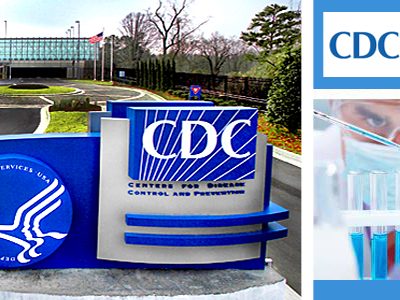Evolving Air Quality Standards
The standards have gotten tougher. Compliance still lags.
The goal of the Clean Air Act is to achieve national ambient air quality standards (NAAQS), with the primary requirement being protection of public health. As our understanding of the health effects of air pollution has improved, there has been a general trend toward tightening the standards. However, it’s very hard to keep track of how the standards have actually evolved.
With that in mind, I’ve put together some brief timelines. I am focusing on what are called the primary standards, which are health-based, and on two key pollutants, particulates and ozone, which have the greatest current importance.
Particulates (Soot)
Particulate standards (basically soot) are measured in micrograms per cubic meter (μg/m³). The annual standard — basically the worst day of the year — has gone from 260 μg/m³ in 1971, down to 150 μg/m³ in 1987, 65 μg/m³ in 2006, and 12 μg/m³ in 2012, where they have stayed ever since.
The standards have clearly gotten tighter but it’s hard to be sure how much. The first two entries on this list aren’t readily comparable with the later ones. They were actually measuring something different (total particulates in 1971, PM10 in 1987. By 1997 measuring fine particles (PM2.5) had gotten easier, and it was also clear that they posed the greatest health hazard.
Also, the measures themselves have shifted. In 1971 the test was the worst day in a given year; in 2007 it was based on the 98th percentile of ozone levels; and in the other years it was a four-year rolling average of the worst day of the year.
Ozone Pollution (Smog)
Ozone standards are measured in parts per million (ppm) in the air. The annual standard started in 1971 at 0.08 ppm, went up to 0.12 ppm in 1979, then back to 0.8 ppm in 1997, .075 ppm in 2008, and 0.07 ppm in 2015.
Comparability is a problem with the first years. The 1971 standard is based on total photochemicals. Starting in 1979, all of the standards refer to ozone itself (O3 ). The 1971 standard was not supposed to be exceeded for more than an hour per year. I’ll just quote the description of the 1979 standard since it’s rather unclear: “Attainment is defined when the expected number of days per calendar year, with maximum hourly average concentration greater than 0.12 ppm, is equal to or less than 1.” Since 1979, a different metric has been consistently used: the “annual fourth-highest daily maximum 8-hr concentration averaged over three years.”
The Biden Administration is reconsidering the standards and has proposed an annual PM2.5 standard of between 9 and 10, or 10-25% lower than the 2012 standard. EPA’s scientific advisory board is recommending a standard below 0.06 μg/m³ for ozone.
* * *
Under the Clean Air Act, these standards are driven entirely by scientific evidence about public health. Issuing the standard triggers a complex process that is supposed to ultimately bring states into compliance with the requirements. At present 142 counties across the country still haven’t attained the 2008 ozone standard. And 26 are out of compliance with the 1987 PM10 standard. Air quality in all of these places has improved due to compliance efforts, but they still aren’t there yet.
The Biden Administration is now considering tightening the standards. This will have the most immediate impact in areas that now meet the earlier standards. They will also put additional pressure on areas that are still struggling to meet the existing standards and will eventually result in cleaner air in those areas as well.







Reader Comments